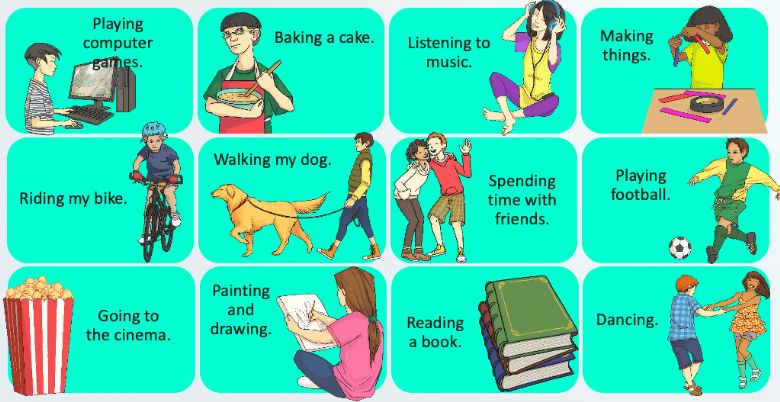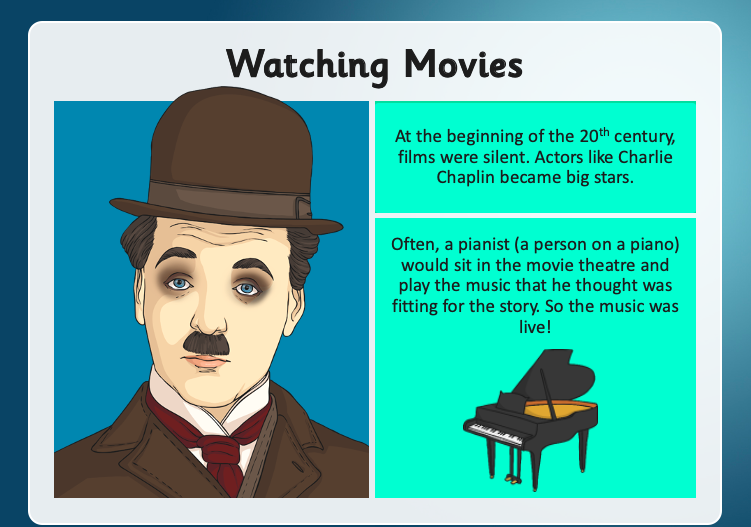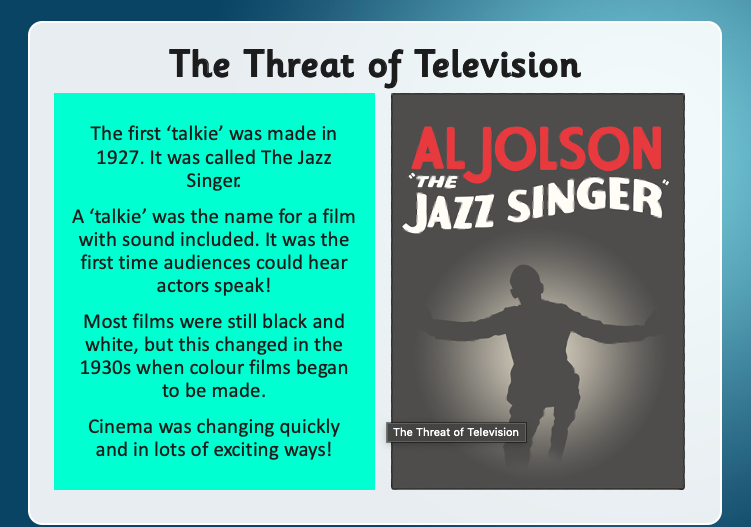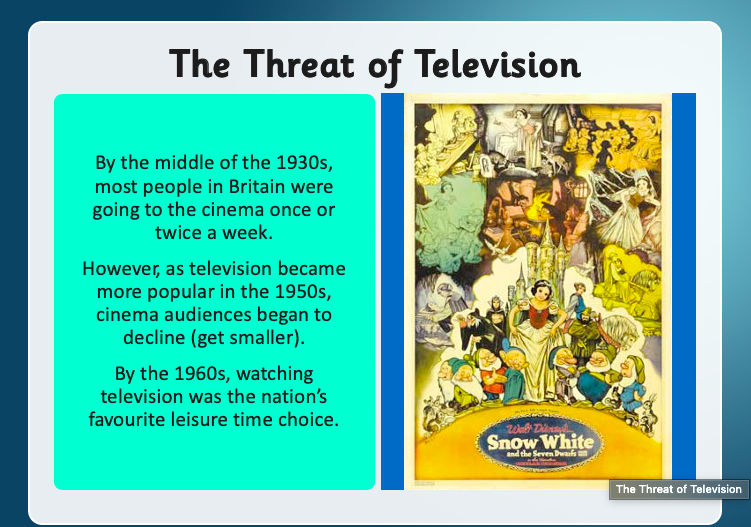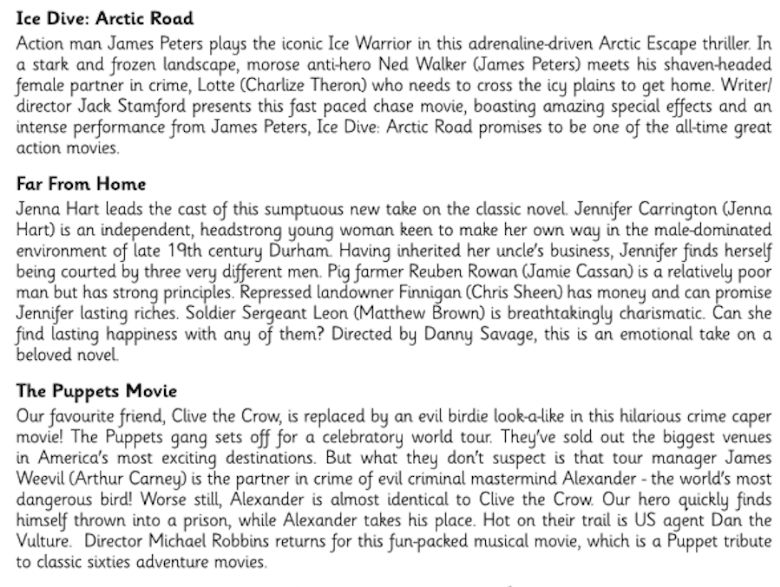Thursday 25th June
English L.O: To explore figurative language in poetry.Activity 1: Listen to Chapter 4 of 'Skellig' on the Learning --> Stories page of the website. Activity 2: Once you have read this chapter, draw and complete the table using the impressions you get from the chapter you just heard:
For this final activity, create a table that looks like the one in your book and write the phrases in the correct column.
|
MathsYear 5 L.O.: To find percentages as fractions and decimals.Activity 1: Re-watch the demonstration video below for today's lesson.
Activity 2: Open up the file below titled 'Y5 Reasoning & Problem Solving' and complete either the Bronze, Silver OR Gold page. There are 6 questions for each level. Use the answers on page 4 to mark your work when you have answered all 6 qus.
Activity 3: For a (Platinum) challenge open up 'Y5 Maths Challenge' and have a go at answering the 4 tasks on this worksheet (answers are also attached). Year 6 L.O.: To solve two step equations.Activity 1: Re-watch the demonstration video below for today's lesson.
Activity 2: Open up the file below titled 'Y6 Reasoning & Problem Solving' and complete either the Bronze, Silver OR Gold page. The answers are also attached below.
Activity 3: Open up the file below titled 'Y6 Challenge' and complete either the Bronze, Silver OR Gold page. Use the answers on page 4 to mark your work when you have answered all questions.
|
History L.O.: I can understand how and why cinema changed over the 20th century.In our new History topic, we will be exploring the leisure and entertainment industry and how it has changed over the 20th and 21st century. Activity 1: Have a look at the following pictures and captions. If all you can see here were answers to one question, what might that question be? Answer this in your home learning books.
You may have said that the question was 'What do you enjoy doing in your free time?' or something similar. Activity 2: Watch the movie clip from 1914 below. Make a note in your home learning books of how many times the star of the movie (Charlie Chaplin) falls over or comes close!
Activity 3: Read the information below:
Film PostersFilm posters over a long period of time were a significant part of the film industry, important for advertising purposes. Before digital media, film posters were important in circulating a film star’s persona and creating excitement for a new release. The use of Charlie Chaplin and Marilyn Monroe, major film stars in their day, are examples of how film posters reflects star power. Cult films like Scarface and Night of the Living Dead with their dedicated followers seek out film posters as a way of owning part of their passion. However, film posters seem to have become fairly useless in today’s digital world. Activity 4: Open up the file below titled 'Film Posters'. Using these film posters from the 1930s and 40s, try to answer the following questions, with a minimum of one sentence per question, if you refer to a specific poster, name the film title in your answer:
Activity 5: Read the summaries of the 3 fictional (made up) films below, choose only one and create a classic movie poster using the features you have picked out from the film posters in the activity above to advertise this fictional movie:
|
P.E.
|
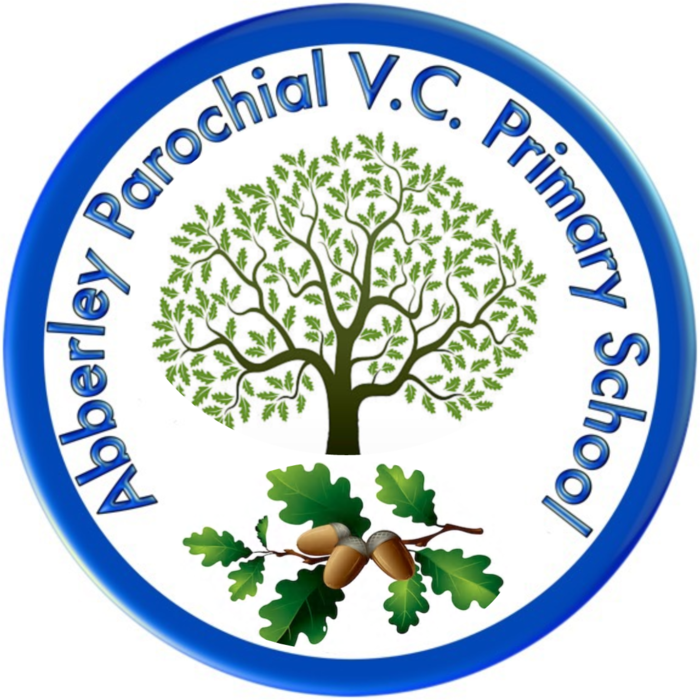
 Activity 3: In today's lesson, we will be exploring imagery and figurative language in poetry.
Activity 3: In today's lesson, we will be exploring imagery and figurative language in poetry.